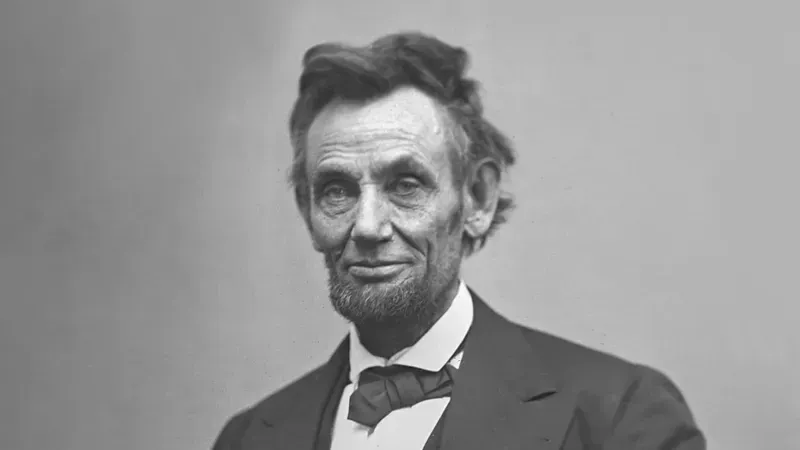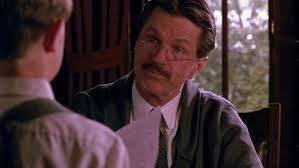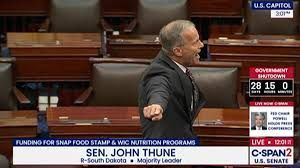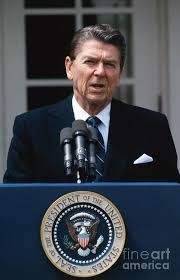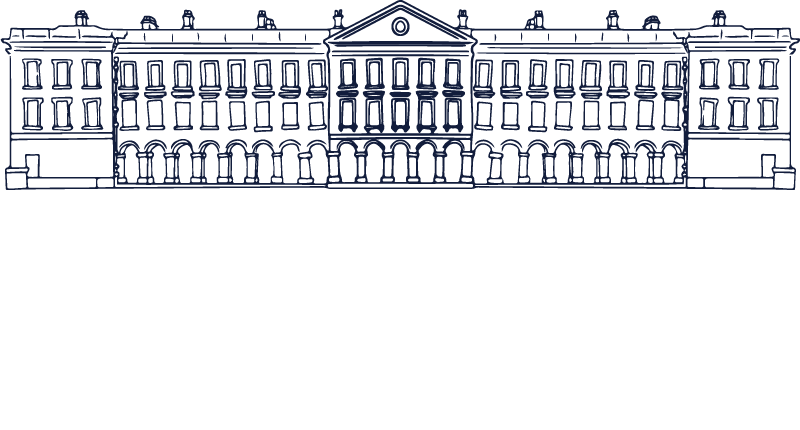Nib #71 How to Write an Introduction
Introductions are not as hard to write as they seem.
Most of the stress around writing them comes from misunderstanding the maxim that your opening paragraph should “hook the audience.”
We tend to fixate on that verb, “hook.” So we often try to think up gripping, shock-and-awe lines to open our compositions. But the critical part of “hook the audience” isn’t the “hook.” It’s “the audience.”
The target of your introduction is not the great mass of humanity who don’t care about your topic. It’s the relative handful of people who already do.
Think for a moment. Is there a lede paragraph sexy enough to get you to read an oped about veganism or sock-darning? Probably not — unless you’re already into veggie diets or sewing.
The purpose of your introduction, then, is just to signal to your audience — not everyone in the world, just the people you’re trying to reach — that the following composition is something they already want to read.
Once you approach introductions like this — from the audience backwards — you’ll feel the stress melt away. You really can just cut to the chase. To people who care about, say, tax reform, “The United States should abolish the income tax” is a great opening line. It’s not flashy, but it’s relevant to them — and that’s what matters.
If a story can hook your audience, great. If it’s a new statistic or news item, that works too. Given the diversity of topics, audiences, and formats, there are lots of ways to open a piece. But one method really fits them all.
If you want to hook readers, first identify your audience, write an intro that bat-signals them — and don’t worry about everyone else.
Until next week… keep writing!


